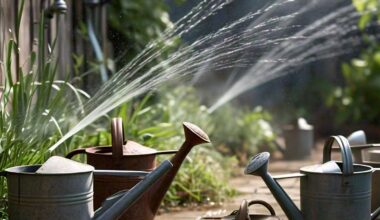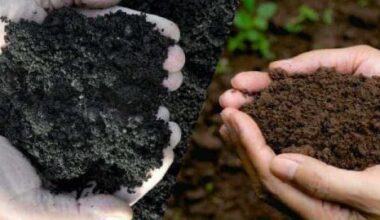In the never-ending battle of garden vs yard, where do you stand? Imagine for a moment; on one side we have the elegant, fragrant oasis that’s teeming with lush foliage and radiant blooms. That’s our garden.
On the other hand, picture an expanse of manicured green lawn, perfect for outdoor games or lounging in on lazy afternoons. Yes, that’s our yard. There’s an undeniable allure to both these spaces that calls us outdoors into a world filled with natural beauty and tranquility – but which one truly captures our heart?
As we delve deeper into the enchanting world of gardens vs yards in forthcoming chapters, prepare yourself for some delightful surprises, practical insights and perhaps even encounter some unexpected contenders along the way!
Primary Function and Purpose of a Garden
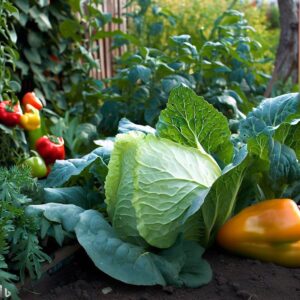 Gardens and yards serve different primary functions and purposes. While the main purpose of a garden is to grow various types of plants, including flowers, vegetables, herbs, or even trees, yards typically provide open spaces for recreational activities or simply as an extension of one’s living space.
Gardens and yards serve different primary functions and purposes. While the main purpose of a garden is to grow various types of plants, including flowers, vegetables, herbs, or even trees, yards typically provide open spaces for recreational activities or simply as an extension of one’s living space.
A garden is often dedicated to cultivating plants for aesthetic pleasure, food production, or both. It can be a haven for plant lovers who enjoy tending to their green companions and witnessing their growth throughout the seasons.
On the other hand, yards primarily offer open space with grassy areas that can be used for various activities such as playing sports, hosting gatherings like barbecues or picnics, or just providing room for relaxation under the shade of a tree.
Detailed Characteristics of Yards
Yards encompass larger areas compared to gardens. They are usually surrounded by fences or boundaries that separate them from neighboring properties. Yards commonly feature lush lawns that require regular mowing and maintenance to ensure they stay healthy and vibrant.
In addition to grassy areas, yards may also contain trees along with shrubs that add beauty and provide shade during hot summer days. Yards frequently include patios or decks where outdoor furniture can be placed for socializing, dining al fresco-style, or simply enjoying some fresh air in comfort.
The design aspect in yards often focuses on creating functional spaces rather than intricate details found in gardens. However, the possibilities are endless when it comes to transforming your yard into an oasis tailored specifically to your tastes and needs.
Plant Life: Garden vs. Yard
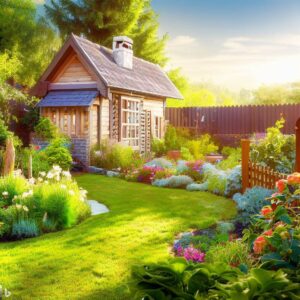 Gardens showcase a wide variety of plant life carefully selected based on personal preferences and environmental considerations such as sunlight exposure levels or soil conditions.
Gardens showcase a wide variety of plant life carefully selected based on personal preferences and environmental considerations such as sunlight exposure levels or soil conditions.
They can include flower beds with colorful blooms, vegetable patches bursting with fresh produce, or even themed gardens like Japanese Zen gardens or English cottage gardens.
In contrast, yards usually have limited plant life and focus more on the overall greenery of a well-maintained lawn. Trees and shrubs are commonly found in yards but in smaller numbers compared to a garden.
The emphasis is on creating an open space that is visually pleasing while still allowing for various outdoor activities.
Maintenance Requirements for Gardens and Yards
Gardens require regular maintenance to ensure the health and longevity of the plants. Tasks such as watering, weeding, fertilizing, pruning, and pest control are essential components of garden upkeep. The level of maintenance varies depending on the size of the garden and the types of plants grown.
Yards typically require less frequent maintenance compared to gardens since their main feature is usually just a lawn area. However, mowing the grass regularly during growing seasons remains crucial for keeping it at an optimal height.
Additionally, some yard owners may choose to invest time in planting flowers or adding decorative elements like sculptures or pathways which will require ongoing attention.
Effects on Property Value: Garden vs Yard
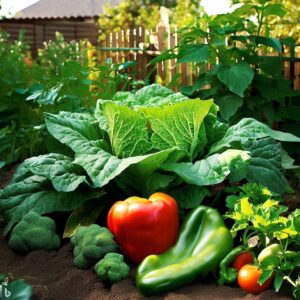 Both gardens and yards contribute significantly to property value but play different roles when it comes to real estate assets.
Both gardens and yards contribute significantly to property value but play different roles when it comes to real estate assets.
A well-designed garden can enhance curb appeal by creating an inviting atmosphere around your home. Potential buyers are often attracted by beautifully landscaped gardens as they add visual interest that can set your property apart from others within the neighborhood.
Moreover, a thoughtfully designed garden might also increase privacy around your house which could be valued by potential buyers seeking tranquility.
On the other hand, yards provide ample space for recreational activities, making them attractive features for families with children or pet owners. However, the key factor affecting a yard’s impact on property value lies in its functionality, such as whether it provides enough open space for potential buyers’ specific needs.
Ultimately, both gardens and yards have the potential to positively influence property values if properly maintained and adapted to suit the preferences of potential buyers.
Usage Considerations for Choosing Between Garden or Yard
Choosing between a garden and a yard largely depends on personal preferences, lifestyle, and intended usage. Consider how you envision using your outdoor space before deciding which is more suitable for your needs.
If you enjoy gardening as a hobby or desire fresh produce at your fingertips, investing time in creating a garden might be the right choice. A well-designed garden can provide a sense of peace and tranquility while also offering opportunities for relaxation or creative expression.
On the other hand, yards are ideal for those who prioritize having ample space for various recreational activities. Whether it’s hosting family gatherings on weekends, tossing a ball around with children or pets, or enjoying outdoor parties, a yard can cater to all such requirements.
Providing an open canvas that encourages imaginative play among children, yards often serve as extensions of indoor living spaces, integrating them into nature while still enjoying modern comfort.
Designing and Planning for Gardens compared to Yards.
Designing gardens involves careful planning considering factors such as soil type, sunlight exposure levels in different areas within your plot, and choosing plant varieties that thrive under those conditions. Effective utilization of available space is crucial when designing gardens.
For instance, in small urban settings, cultivating vertical gardens using trellises or planting wall pockets could maximize greenery without compromising surface area.
Planning pathways, intricate patterns, mixes of textures, colors, and heights contribute to crafting visually appealing landscapes reflecting personal aesthetics.
Yard design involves optimizing functionality, balancing open spaces, and integrating relaxation areas like patios. Deck layouts should facilitate easy movement, kitchen counters, and maximizing storage options. The addition of sheds enables hidden storage solutions while maintaining visual appeal.
Cohesion between indoor and outdoor spaces can be maintained by integrating transparent elements like sliding glass doors, and large windows leading to the outdoors; blurring boundaries, and allowing unobstructed views of the yard ensuring harmony between man-made architecture and natural surroundings.
A well-designed yard is an extension of one’s living space while seamlessly blending with nature.
Conclusion
In the eternal debate of garden vs. yard, each has its unique features, functionality, and appeal. The decision on whether to have a garden or a yard depends entirely on personal preferences, lifestyle considerations, and the envisioned usage.
A garden offers the chance to connect with nature, and cultivate plants for beauty or food production, yet demands dedicated time for upkeep.
Meanwhile, a yard provides open spaces suitable for recreational activities, enjoying company under tree shades, but may require less maintenance. Your choice should reflect your desires and create an environment that brings joy, making your home truly yours

